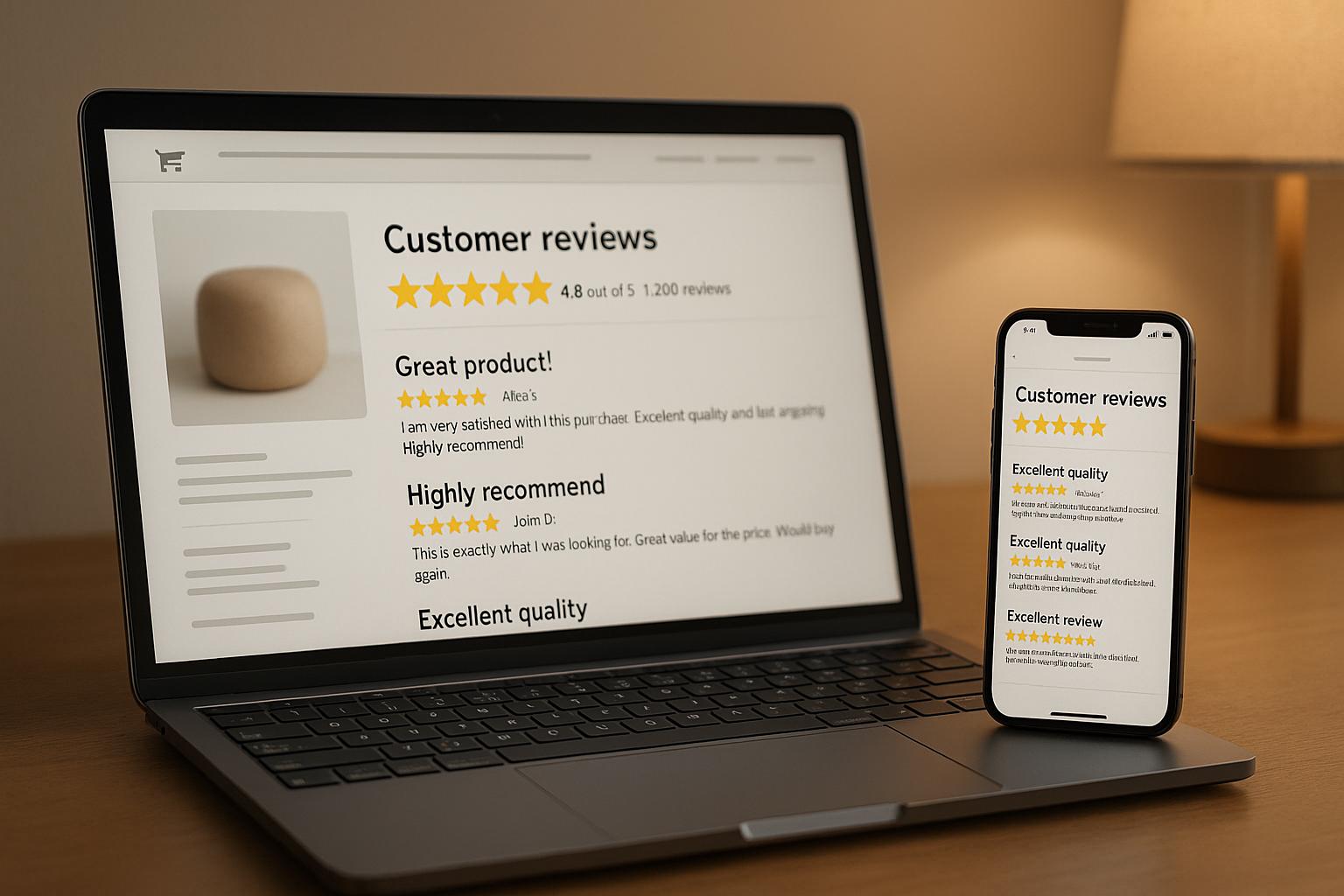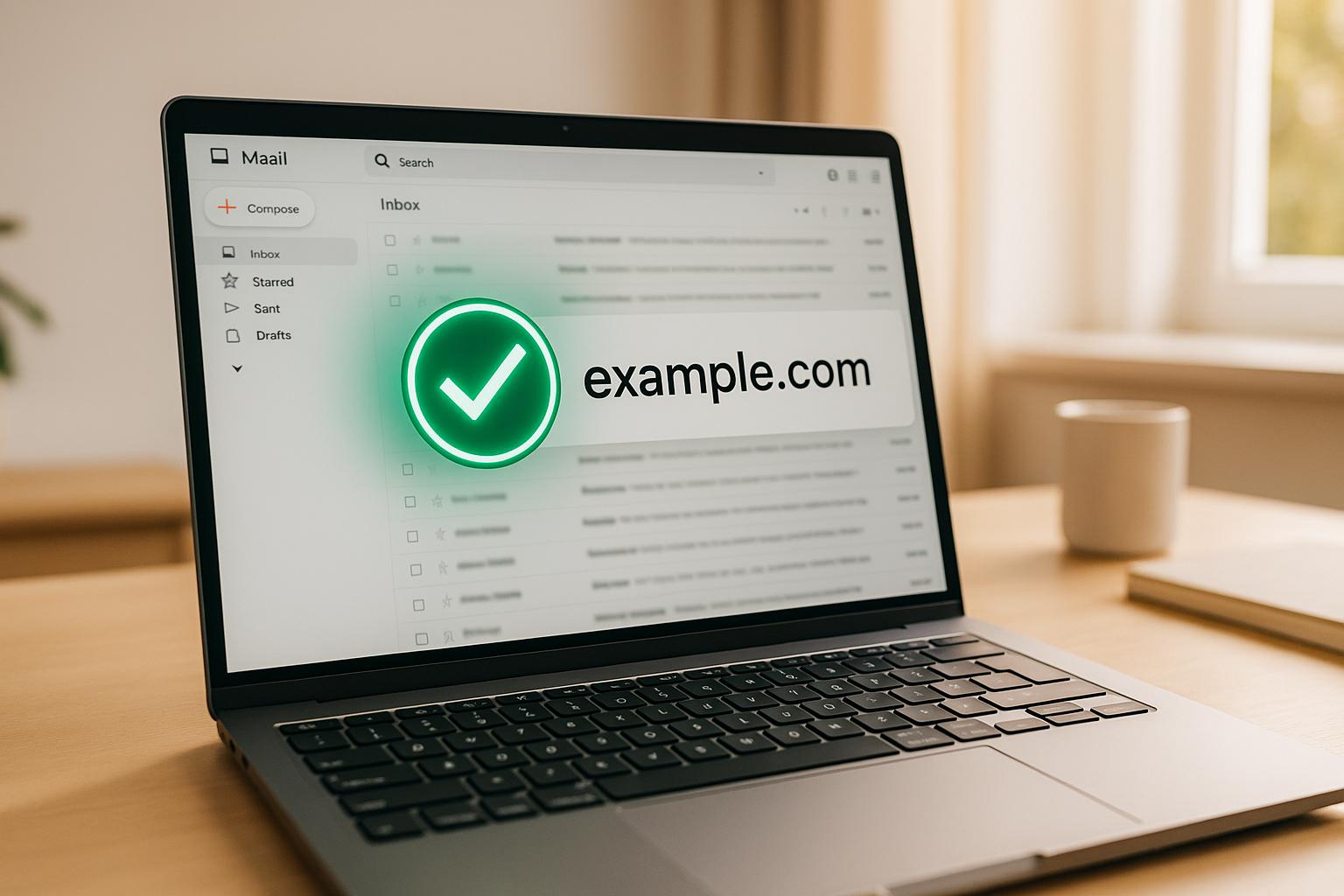A sales pipeline is a step-by-step process that guides potential customers from first contact to closing a deal. Defining clear pipeline stages helps your team manage leads, track progress, and forecast revenue more accurately. Here’s a quick summary of how to structure your sales pipeline effectively:
-
Why Define Pipeline Stages?
- Focus on high-priority leads.
- Identify bottlenecks and improve team performance.
- Boost revenue forecasting accuracy by up to 15%.
-
Steps to Build a Sales Pipeline:
- Review Your Sales Process: Map out every step from lead generation to deal closure.
- Set Stage Criteria: Define measurable, actionable, and trackable requirements for each stage.
- Align with Buyer Behavior: Match your pipeline to how customers make decisions (e.g., Awareness → Consideration → Decision).
- Use CRM Tools: Platforms like HubSpot or Pipedrive can help automate tracking and improve efficiency.
- Monitor and Refine: Regularly review performance metrics like conversion rates and time spent in each stage.
-
Key Metrics to Track:
- Conversion rates between stages.
- Time spent in each stage.
- Deal value and win rate.
What is a Sales Pipeline? Definition and the Key Sales Pipeline Stages
Step 1: Review Your Sales Process
Take a close look at your current sales methods to create effective pipeline stages. Research shows that companies with structured sales processes can boost sales productivity by 28%.
Document Your Sales Steps
Outline every step in your sales journey, from the first contact to closing the deal. Visual tools like flowcharts or CRM platforms (e.g., Salesforce, HubSpot, or Pipedrive) can help streamline this process. For instance, XYZ Corp used CRM analysis to increase their conversion rates by 25%.
"Understanding the key progress points in your sales process is essential for optimizing your pipeline and improving conversion rates." - John Doe, Sales Strategy Expert, Sales Insights Inc.
Identify Key Progress Points
Once you've mapped out your sales steps, identify the critical moments when leads move closer to making a purchase. These are the signals to focus on:
| Progress Indicator | What to Look For | Why It Matters |
|---|---|---|
| Lead Engagement | Email replies, meeting attendance | Shows initial interest |
| Information Exchange | Downloads, demo requests | Indicates serious consideration |
| Decision Signals | Budget discussions, timeline talks | Suggests strong purchase intent |
For example, CRM data from XYZ Corp showed that 70% of leads who attended product demos moved on to the proposal stage, highlighting the importance of demos as a key transition point.
Set Clear Stage Requirements
Companies with clear stage criteria are 33% more likely to meet their sales goals. Make sure your stage requirements are:
- Measurable: Define specific actions, like completing a demo or securing budget approval.
- Actionable: Focus on steps your team can directly influence.
- Trackable: Use tools to monitor progress and ensure these actions are completed.
Leverage your CRM for automated tracking and provide regular training to keep your team aligned with these criteria.
Step 2: Build Your Pipeline Stages
Create pipeline stages that align with both your business needs and the buyer's journey. Research shows that companies aligning their sales process with the buyer's journey experience a 20% boost in sales productivity and a 15% increase in customer satisfaction. This approach helps ensure your pipeline supports how buyers actually make decisions.
Match Buyer Progress
Your stages should reflect the steps your buyers take during their decision-making process. For example, HubSpot revamped its pipeline to align with customer interactions, leading to a 30% increase in lead conversions.
| Pipeline Stage | Buyer Activity | Sales Team Action |
|---|---|---|
| Awareness | Researching solutions | Share helpful educational content |
| Consideration | Comparing options | Provide demos or case studies |
| Evaluation | Reviewing budgets | Present tailored proposals |
| Decision | Finalizing choices | Address concerns and negotiate |
"Aligning your sales pipeline with the buyer's journey is crucial for understanding customer needs and improving conversion rates." - Jane Smith, Sales Strategy Expert, Sales Insights Inc.
Adjust for Sales Cycle Length
Your pipeline should also reflect the length of your sales cycle. B2B businesses often require more stages than B2C due to longer decision-making processes. Key factors to consider include:
- Deal Complexity: More complex products may need additional evaluation stages.
- Stakeholders: Deals involving multiple decision-makers might require extra approval steps.
- Seasonality: Businesses with seasonal buying trends should account for these cycles in their pipeline.
Interestingly, 70% of buyers prefer to conduct their own research before contacting a sales rep. Make sure your early stages support this independent exploration by providing valuable resources.
Consider Industry Requirements
Different industries have different needs, and your pipeline should reflect this. For instance, healthcare companies may require compliance checkpoints, while tech startups might prioritize faster deployment. Use your CRM to customize stages based on:
- Regulatory Needs: Include checkpoints for tracking compliance and documentation.
- Engagement Insights: Adjust stages based on how prospects interact with your sales process.
- Deal Size: Larger deals may need extra due diligence stages, so consider separate pipelines for varying deal sizes.
Once you've tailored your pipeline to your business and industry, the next step is launching it and monitoring its performance.
sbb-itb-a84ebc4
Step 3: Launch Your Sales Pipeline
Once your pipeline stages are defined, it's time to put them into action. Implementing a well-structured pipeline can boost sales performance by up to 28%.
Choose the Right CRM Software
Selecting the right CRM software is crucial for managing your pipeline effectively. Research shows that using CRM tools can lead to a 29% increase in sales. Here are some popular options to consider:
| CRM Platform | Key Features | Starting Price |
|---|---|---|
| Pipedrive | Visual pipeline tracking, automation | $15/user/month |
| Zoho CRM | Free tier, customizable workflows | $12/user/month |
| HubSpot CRM | Free basic plan, user-friendly interface | Free (basic) |
For example, a B2B company using Zendesk Sell saw a 40% boost in lead conversion rates by automating pipeline tracking and streamlining processes.
"The right CRM can transform your sales process, making it more efficient and data-driven." – Jane Doe, Sales Expert, Marketing Funnels Directory
Get Your Sales Team Ready
Proper training ensures your team is equipped to use the pipeline effectively. Focus on:
- Role-playing real-life scenarios to practice moving deals forward.
- Providing clear documentation that outlines:
- Pipeline stages
- Expected outcomes
- Necessary actions
- Best practices
- Scheduling regular check-ins to address issues and celebrate wins.
Monitor Stage Performance
Tracking results at each stage helps identify areas for improvement. In fact, 70% of sales professionals say CRM tools are essential to their success. Key metrics to watch include:
- Conversion rates between stages
- Average time spent in each stage
- Deal values at various stages
- Win rates for specific stages
Use customized dashboards to display these metrics clearly. For instance, Zendesk Sell's tracking tools helped reduce manual work and improved visibility across the sales process.
For more tools and resources to enhance your pipeline tracking, check out the Marketing Funnels Directory at https://topmarketingfunnels.com.
Once you’ve gathered insights from your tracking, you can refine your pipeline for even better results.
Step 4: Improve Your Pipeline
Once your sales pipeline is up and running, keeping it effective requires regular fine-tuning. Actively managing your pipeline can lead to noticeable revenue growth.
Measure Stage Success
Use your CRM software to track key performance metrics and identify areas that need attention. Focus on these:
| Metric | Details |
|---|---|
| Conversion Rate | Tracks how well leads move from one stage to the next |
| Time in Stage | Measures how long deals stay in each stage |
| Deal Value | Evaluates the revenue potential within each stage |
| Win Rate | Calculates the percentage of deals that close successfully |
CRM tools can help automate this tracking. For smaller businesses, platforms like Pipedrive are popular for their straightforward analytics, which make it easier to identify patterns and roadblocks. Use these insights to zero in on what needs fixing.
"Measuring the effectiveness of each stage in your sales pipeline is crucial for identifying areas of improvement and optimizing your sales process."
– John Doe, Sales Strategy Expert, Sales Insights Inc.
When your metrics highlight issues, focus on clearing those roadblocks.
Fix Pipeline Problems
A common challenge in sales pipelines is inefficiency - 70% of sales professionals cite unclear stages as a major issue. Here are some frequent problems and how to address them:
- Bottlenecks: If deals stall in certain stages, check if the stage criteria are too strict or if your team needs extra training.
- Low Conversion Rates: Poor conversion in specific stages might signal that your qualification criteria or sales tactics need adjustment.
- Unclear Stage Definitions: Ensure every stage has clear, measurable criteria for moving deals forward. Use your CRM to enforce these standards.
After resolving these issues, keep refining your pipeline based on real-world results.
Update Based on Results
Follow these steps to keep your pipeline optimized:
- Quarterly Reviews
Every three months, conduct a thorough review of your pipeline. Dive into performance data and gather input from your sales team on how each stage is working. - Team Feedback Loop
Hold regular feedback sessions with your sales team to collect insights they’ve gained from working directly with prospects. - Customer Journey Analysis
Use tools like Hotjar to study how prospects interact with your sales process. This data can help you align your pipeline stages with actual buyer behavior.
"The key to a successful sales pipeline is not just in its initial design but in its ongoing refinement based on real-world performance."
– Jane Smith, Sales Strategy Expert, SalesForce
Conclusion: Defining Pipeline Stages That Work
Creating clear and effective pipeline stages can increase productivity by 28% for companies that implement them thoughtfully and track progress consistently. Teams with well-defined stages report higher win rates, with 70% seeing better outcomes.
"A well-defined sales pipeline is crucial for understanding where leads are in the buying process and how to effectively move them to the next stage." - John Doe, Sales Strategy Expert, Sales Insights Inc.
Modern CRMs like Salesforce and Pipedrive offer powerful analytics to monitor performance and identify areas for improvement. These tools help sales teams stay consistent while adapting to shifting market dynamics.
Your pipeline stages should grow with your business. By aligning your process with buyer behavior and using CRM insights, you can stay ahead. Regular reviews, tracking performance, and gathering team feedback ensure your system remains flexible and effective. Engaged teams can see up to a 20% boost in performance, making these refinements a key step toward a more efficient and responsive sales pipeline.


